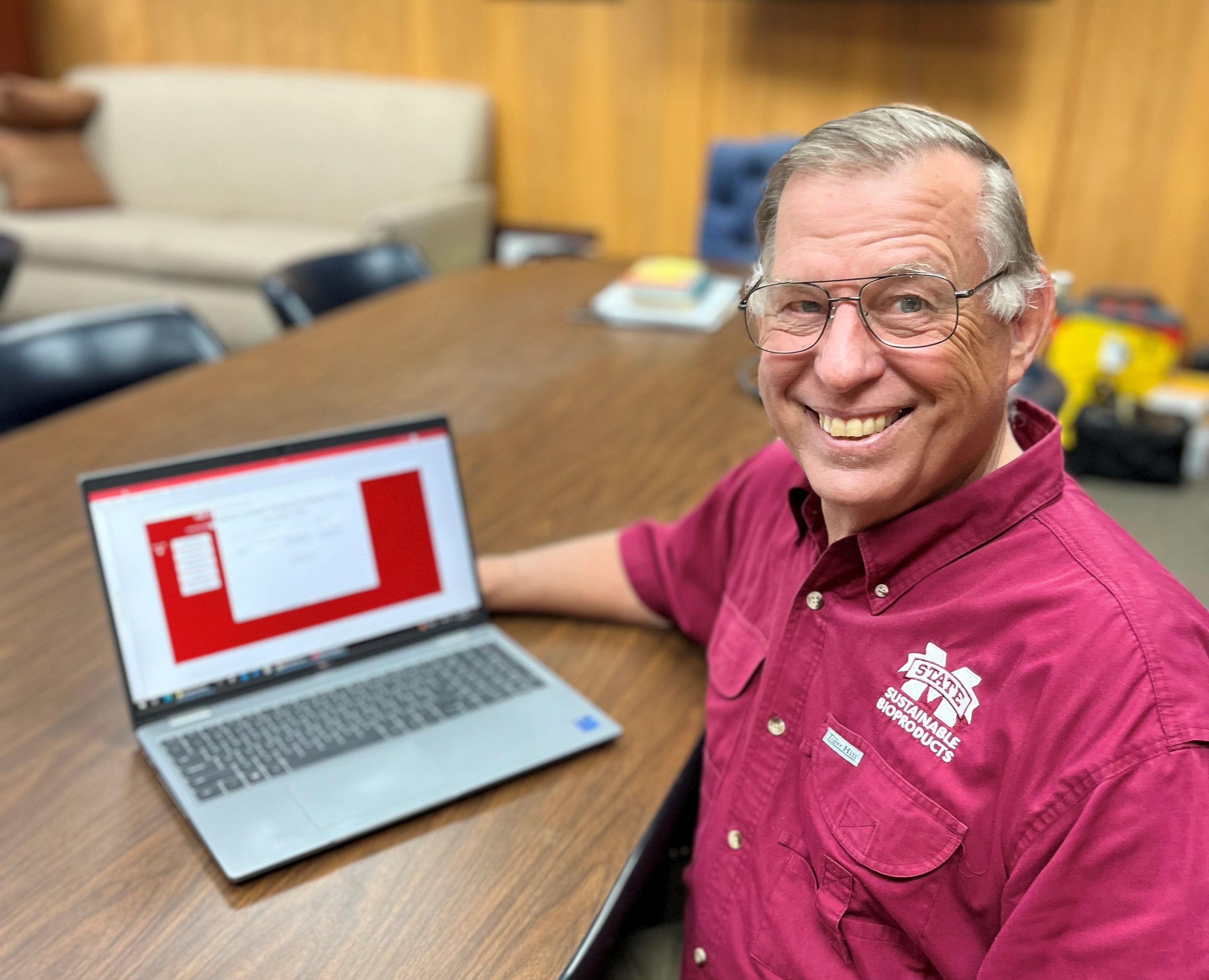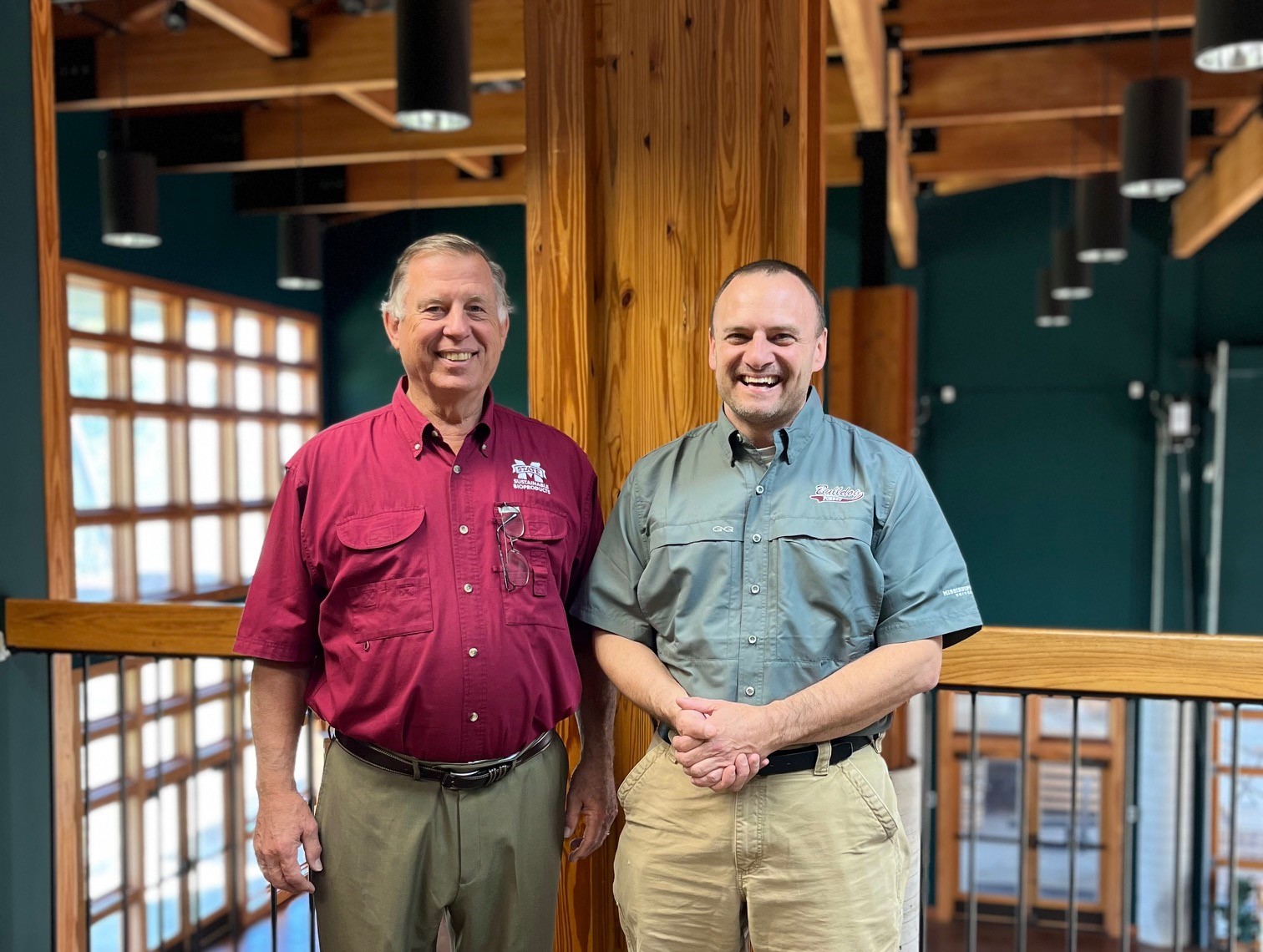
One Saturday while the Bulldogs played at Davis Wade Stadium, Dr. Dan Seale spent the first half of the game in his office with an industry leader who was more interested in the numbers Seale was providing than the ones on the jumbotron.
A researcher and professor in Sustainable Bioproducts at the Forest and Wildlife Research Center at Mississippi State University, Seale took the guesswork out of the equation for the company considering a mill site in Mississippi by using the suitably named software, “Mill Site.” Seale, along with a graduate student and in partnership with the Mississippi Forestry Association (MFA), developed the technology to help bring mills to the state.
“We’re growing so much more [timber] than we're cutting,” said Seale. “To make the timber more valuable, you have to increase the number of mills to reduce the growth-to-drain ratio. If the timber is worth more, the land is worth more, and the state has more wealth.”
In a matter of minutes, Mill Site assesses potential site locations on a county-by-county basis, factoring in raw materials, labor, transportation, and electricity—work that would normally take companies and consulting groups days to produce.
“A pretty powerful little tool” in Seale’s words, but more than that, it’s effective.
"The new Mill Site software is an excellent addition to our economic development toolbox that has helped attract new forestry manufacturers to Mississippi, said Casey Anderson, MFA Executive Director. “We are confident this technology will help us recruit even more manufacturers to our state in the years to come."
Two-thirds of Mississippi, nearly 20 million acres, is forested land, one of the state’s leading industries with an estimated $1.3 billion value of production in 2022.
“With a 2:1 growth-to-drain ratio as a state, we consistently grow about 100% more woody fiber than we harvest,” explained Dr. Rubin Shmulsky, head of Sustainable Bioproducts at the FWRC.

Shmulsky anticipates more opportunities for industries to put down roots in Mississippi. Because Mississippi is further away from markets, shipping expenses are higher, but the state also has advantages that others don’t.
“We can still compete because our trees are a little bit cheaper. Logs are about 70% of your cost, so a few dollars a ton cheaper is a really big input cost for a mill,” explained Shmulsky.
As an economist at the FWRC for 40 years, Seale has worked closely with MFA and the Mississippi Development Authority to provide input to bring mills to the state. Not all have ended the way he had hoped but equipped with Mill Site, Seale believes the state has the tools to compete.
“It’s a way to add value to our landowners and our state, and that’s our mission.”

